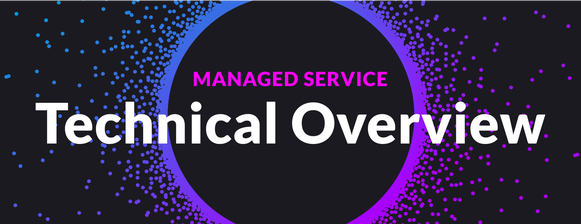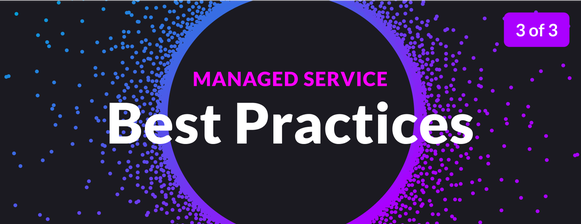Floyd Smith
Director, Content Marketing

Data Intensity
How Infiswift Supercharged Its Analytics for IoT & AI Applications

Case Studies
SingleStore Ramps Up the Cadence of Financial Dashboards for an Industrial Machinery Leader

Case Studies
Tapjoy Achieves 10X Performance Gains in Move to SingleStore

Case Studies
SingleStore Improves Financial Operations for a Major Oil and Gas Company

Trending
A HOAP-ful New Perspective from 451 Research

Trending
Cloud Database Trend Report from DZone Features SingleStore

Product
SingleStore Helios Technical Overview

Product
Best Practices for Migrating Your Database to the Cloud – Webinar Recap 3 of 3

Product
Ensuring a Successful Cloud Data Migration – Webinar Recap 2 of 3

Product
Migration Strategy for Moving Operational Databases to the Cloud – Webinar Recap 1 of 3

Data Intensity
Capterra Captures Positive Reviews of SingleStore

Engineering
Building Fast Distributed Synchronous Replication at SingleStore – Webinar Recap 1 of 2

Engineering
Building Fast Distributed Synchronous Replication at SingleStore – Webinar Recap 2 of 2

Data Intensity
Gartner Peer Insights Applauds SingleStore

Data Intensity
New Year, New FAQs

Data Intensity
The G2 Crowd Has (Much) More to Say About SingleStore

Engineering
The Write Stuff

Case Studies
Case Study: SingleStore Replaces Hadoop for Managing 2 Million New-Style Utility Meters

Product
Webinar: Time Series Data Capture & Analysis in SingleStoreDB Self-Managed 7.0

Case Studies
Case Study: Moving to Kafka and AI at a Major Technology Services Company
Showing 20 of 70 items